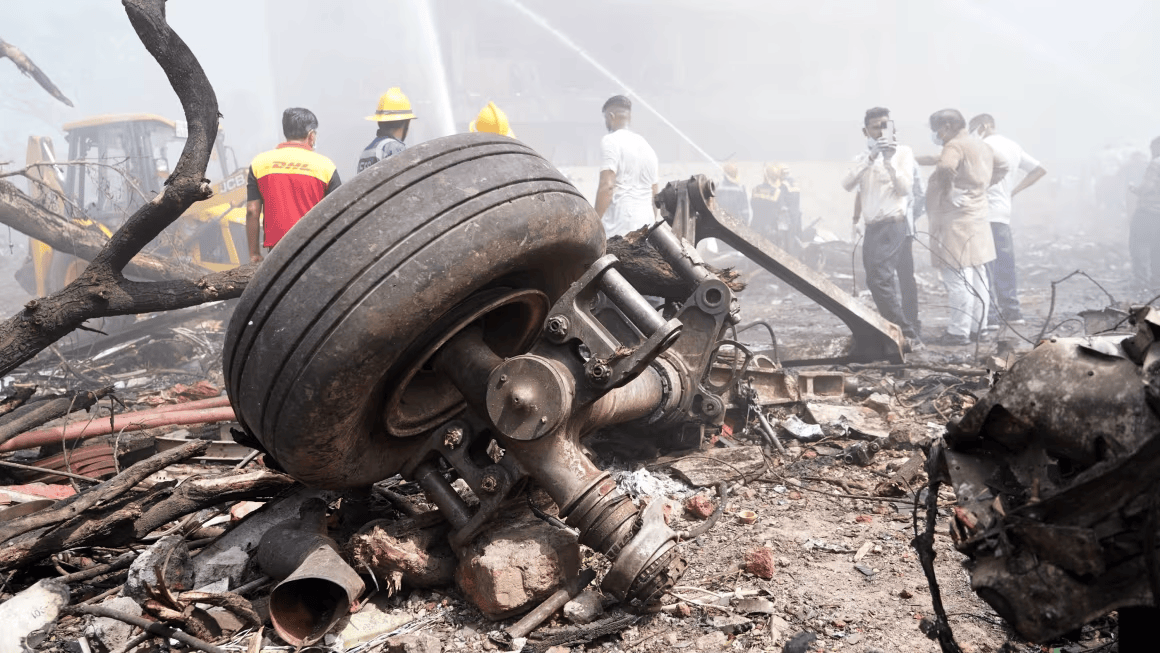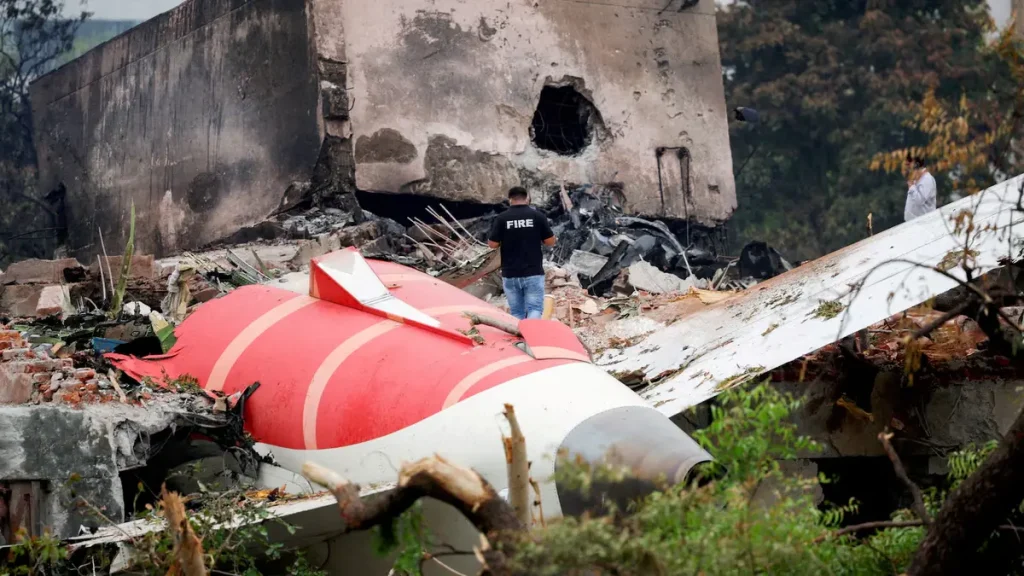India’s Aircraft Accident Investigation Bureau (AAIB) has released a preliminary report concerning the June 12 crash of Air India Flight 171, a Boeing 787‑8 Dreamliner en route from Ahmedabad to London. The tragic accident claimed 241 lives on board and 19 on the ground, with one survivor. The report points to the accidental fuel cutoff to both engines seconds after takeoff as a primary catalyst. No mechanical failure or sabotage has been identified at this stage.
What AAIB Found in the Preliminary Air India Plane Crash Report
The flight’s fuel control switches, critical for regulating engine thrust, were found to have been moved from “RUN” to “CUTOFF” just three seconds into the flight. This unusually rapid, near-simultaneous action effectively starved both engines of fuel, causing an abrupt loss of thrust at approximately 180 knots and 625 feet altitude.
Cockpit voice recorder (CVR) transcripts capture the command:
“Why did you cut off the fuel?”
with the response:
“I did not do so.”
The pilots then attempted to restore fuel flow, but the altitude loss was too great.

Were the Switches Flipped Deliberately?
FAA-style reports assert that fuel cut-off switches are guarded, making accidental activation highly unlikely. Experts suggest only deliberate action, intentional or accidental, could have triggered both switches.
The switches require the operator to pull upwards before flipping, indicating a deliberate action . Investigators have not yet assigned responsibility—whether through human error or malfunction remains under review. Notably, a 2018 FAA advisory warned of possible switch locking mechanism faults, but no mandatory inspections followed .
AAIB has not yet established whether the incident was due to pilot error or a mechanical malfunction. Both engines and cockpit voice and flight data recorders have been recovered and are under analysis
Ram Air Turbine Deployment in The Final Seconds
Following the engine failure, the ram air turbine (RAT) automatically deployed to provide emergency power . One engine partially relit, but the plane lacked sufficient altitude for recovery.
At 08:09:05 UTC, a “MAYDAY” distress call was made. The aircraft impacted approximately 32 seconds after takeoff.
What the Report Did Not Find
-
No evidence of mechanical failure in the engines or aircraft design.
-
No sign of foul play or sabotage .
-
No external factors like bird strikes or system malfunctions were detected .
Crew Experience & Possible Confusion
The crew included Captain Sumeet Sabharwal (15,638 flight hours, including 8,596 on the 787) and First Officer Clive Kunder (3,403 hours, 1,128 on the 787). Both were reportedly rested and fit to fly. The cockpit recordings suggest genuine confusion: one pilot questioned the other, who denied the action.
Global Aviation Community Assists On Investigation
The AAIB is leading the probe, supported by the U.K. Air Accidents Investigation Branch and the U.S. National Transportation Safety Board (NTSB); Boeing and engine maker GE are also involved. Both black boxes were recovered and analyzed in Delhi.
This preliminary air india plane crash report delivers critical initial findings but stops short of conclusions. A comprehensive final report is expected within 12 months, under ICAO guidelines. Meanwhile, India’s regulator, DGCA, has mandated safety inspections on Air India’s Boeing 787 fleet, focusing on fuel systems and engine control switches.
The report has prompted urgent reflection on procedural safeguards around fuel control switches. FAA guidance suggests such switches should be locked outside engine shutdown contexts—but this incident raises concerns.
Aviation experts argue the situation appears to be a case of pilot error or inadvertent action, not design flaw—but human factors in cockpit workflows must be re-evaluated .


